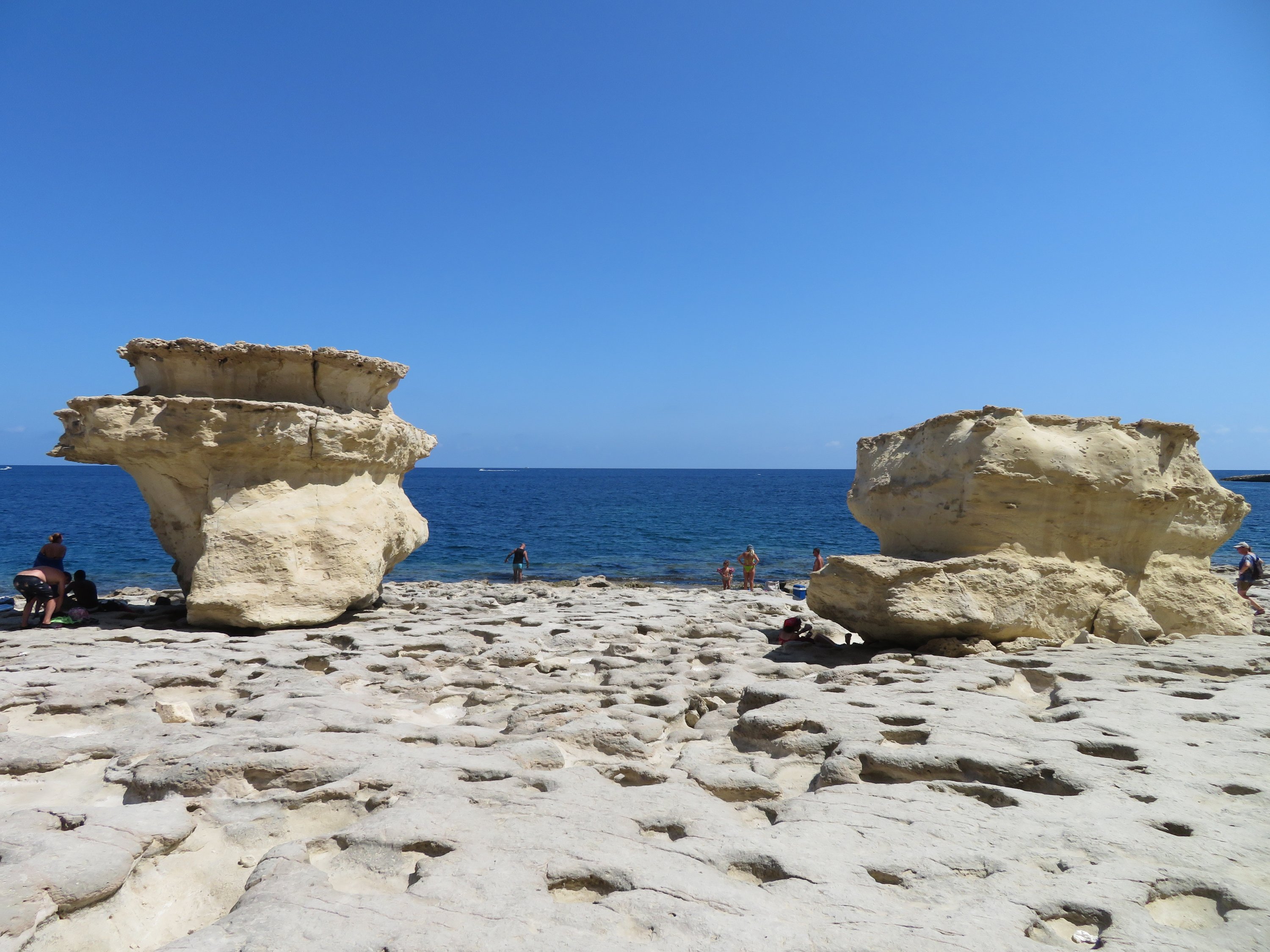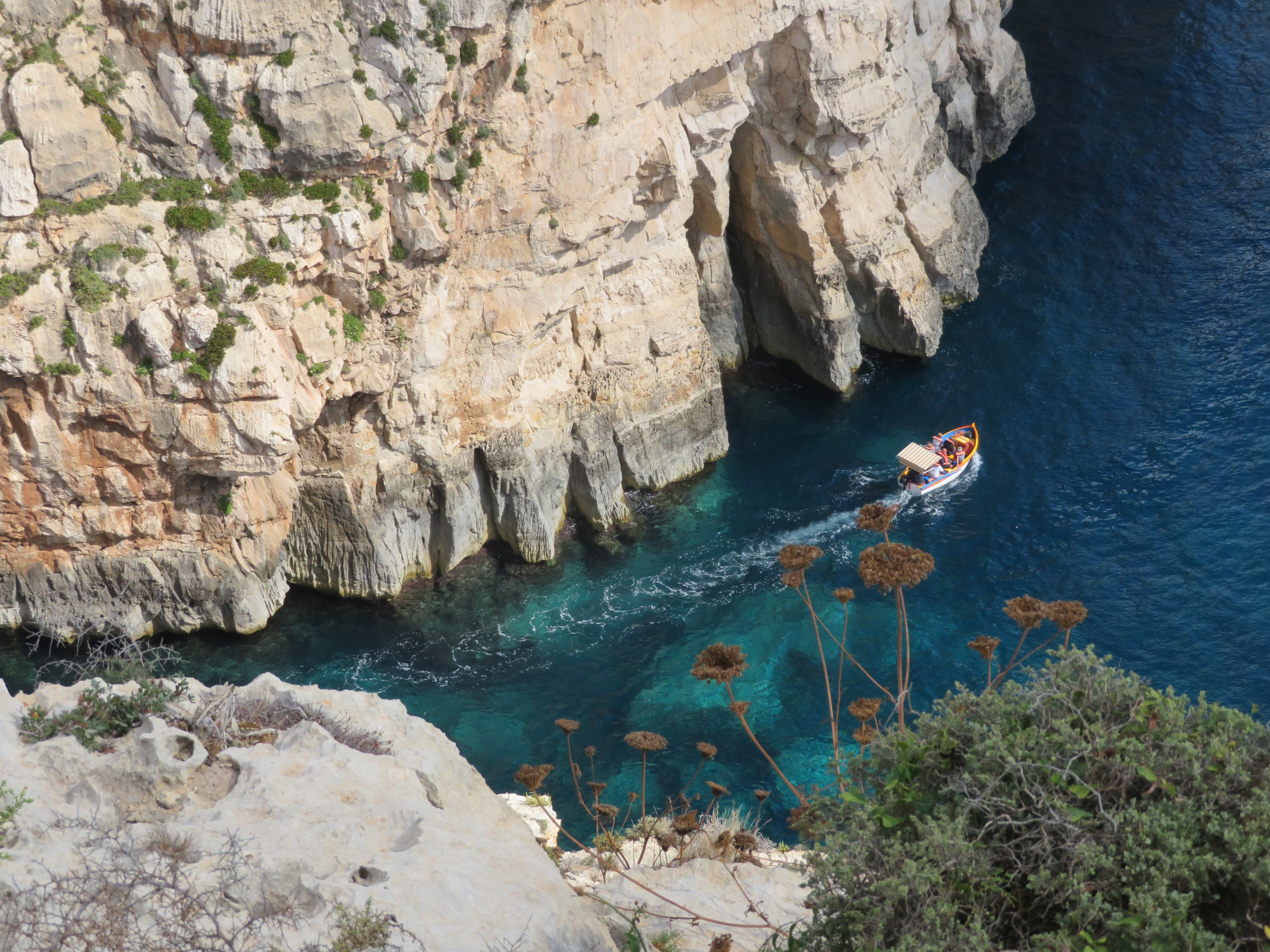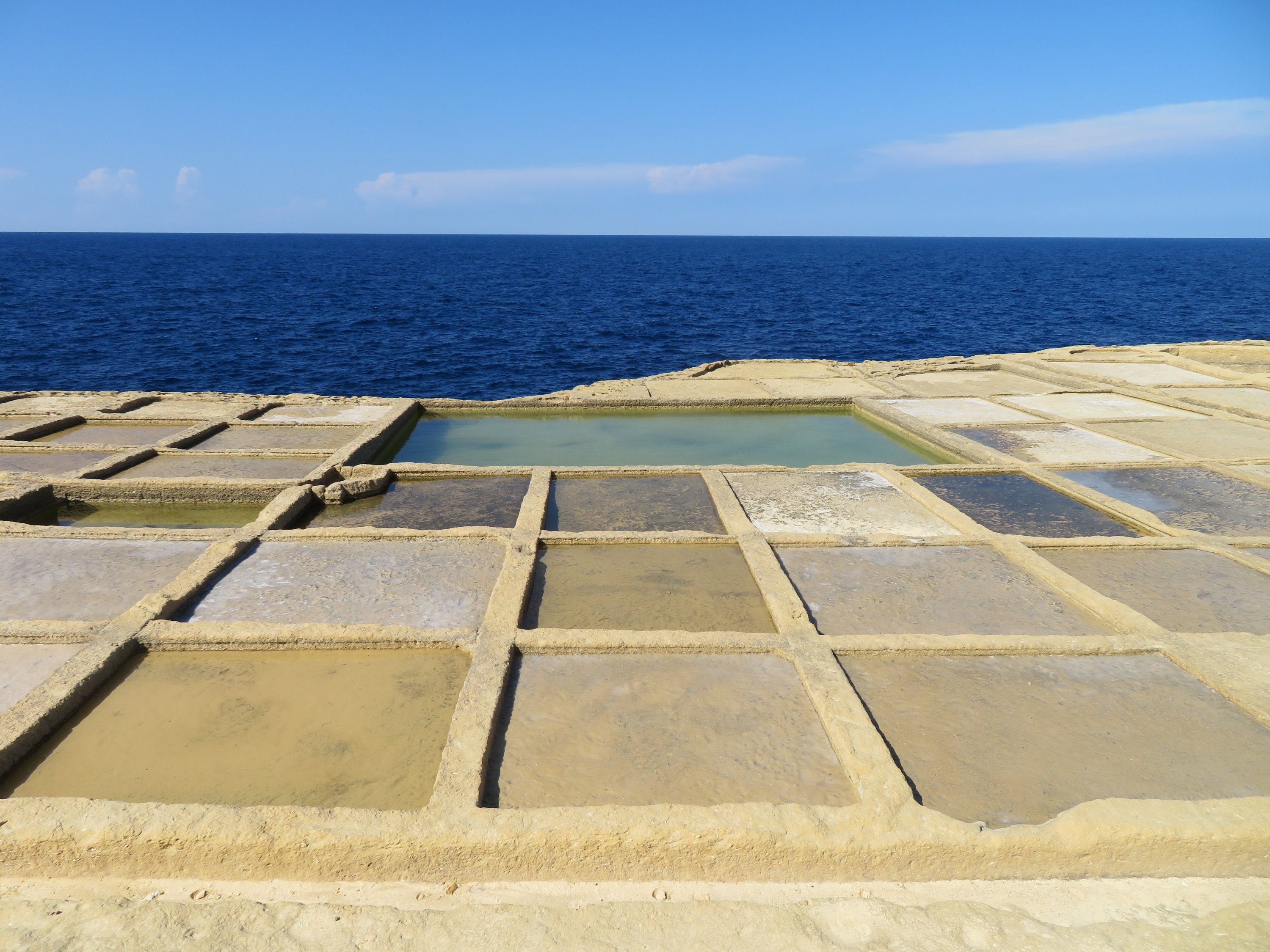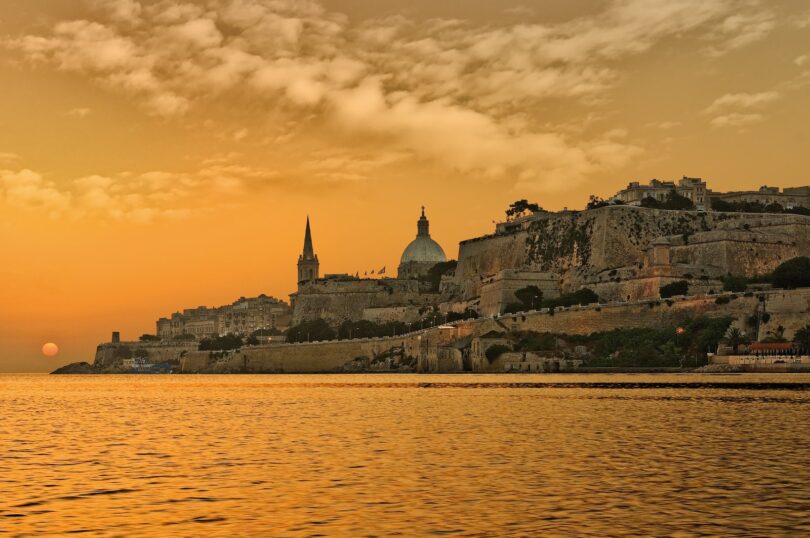VALLETTA (DPA) : With its bays featuring turquoise waters, rugged cliffs and intriguing rock formations, Malta serves as a magnet for party-seeking travelers, while the island also stands as a captivating destination with abundant offerings for those who cherish nature’s beauty
A southern European island country in the Mediterranean, Malta consists of a group of 21 islands, 18 of them uninhabited. Visiting them in summer means horrendous heat, and visitors are well advised to flee the capital Valletta to seek cooler breezes on the coast. On Malta, every stretch of beach is a showcase for nature, with contrasting colors where water meets the land, for strange rock formations and for sweeping, breathtaking vistas. Here are the three favorite must-see spots.
Natural rock pool
Those searching the internet for pictures of Malta will with virtual certainty come across the fishing village of Marsaxlokk in the southeastern part of the main island of Malta. The port is busy with a multitude of tiny fishing boats that seem to be posing for the best photo op.
A visit to Marsaxlokk is worthwhile not only because of the picturesque scenery and the lively market in the village but also because of St. Peter’s Pool. Located on a tongue of land a bit to the east of Marsaxlokk, it is a natural swimming pool that over the ages was carved out of the coastal plateau by winds and waves.


The green-blue water offers refreshing coolness on hot summer days. No longer a hidden gem, St. Peter’s Pool attracts masses of people – locals and tourists alike – with spread-out towels lining the edge of the pool during the high season.
Things can get a bit dodgy when people are diving or jumping from the cliffs. For those below, if they can’t swim away quickly enough the danger comes from above.
When at St. Peter’s, it’s worth exploring the small coastal strip to the right of the natural rock pool. If you go around the corner of the steep cliff, you arrive at a spot as if on another planet. The tides have etched a sponge-like relief into the floor of the plateau. Large, odd-looking boulders are strewn around as if some giant had left his Lego blocks behind.

Blue Grotto
In the mid-day sunshine, the waves are glistening in the bay of Wied iz-Zurrieq, the point from which boat tours to the Blue Grotto on Malta’s southern coast depart. The grotto is located at the foot of a 50-meter-tall (164-foot-tall) rock arch and consists of six caves that the sea has carved out of the rocks over the millennia.
Once the small fishing boat has glided into the cave system, the water takes on a sheer impossible luminous turquoise color. Blue shimmering light reflections dance on the cave walls, a special play of colors that reveals itself to the eyes. Therefore the name “Blue Grotto,” our guide points out.

It may be the largest and most impressive cave, yet it is by far not the only one that the roughly 30-minute boat tour takes in along the steep coastline.
For those who wish to admire the Blue Grotto not just from a boat, it’s possible to walk a few minutes to an observation point just east of Wied iz-Zurrieq. From here you can take in the rock arch in its entirety, while spots of turquoise dot the otherwise azure-blue sea.
‘White gold’ of Gozo
Besides the main island of Malta, the other two inhabited islands are Gozo and Comino. Malta of course is the cultural and economic center of the tiny Mediterranean country, but Gozo, located about 5 kilometers (3 miles) from Malta’s northwesternmost part, is famous for its rural scenery and sweeping landscapes. There are daily ferry connections between Valletta and the island, which covers about 67 square kilometers (26 square miles).
The ship weighs anchor at Valletta’s Grand Harbour and starts its journey while offering a panoramic view of the city with its palaces, churches and picturesque streets. Soon gentle waves are rocking the vessel, while seagulls are circling the blue skies overhead, hoping passengers will throw them some morsels.

After 45 minutes the ferry arrives at Gozo. Many passengers immediately board a bus heading north, for it is there, directly on the coast, that the salt pans are to be found. Some are rectangular in a checkerboard formation, others are organically shaped. Some are completely incrusted with salt, while others are flooded with seawater. Viewed from above, the salt pans appear like a gigantic watercolor box.
As far back as the Roman times “white gold” was produced on Gozo’s northern coast. In fact, Rome’s soldiers were sometimes paid in salt, therefore the Latin origin of the word for salary – “salarium.” Today, around 300 of Gozo’s saltworks are still in operation between May and September.

The sun is beating down as the visitors walk amid the salt pans, and so the hidden bay of Wied il-Ghasri at the end of the saltworks offers a welcome chance for some swimming. Along with the pleasant discovery that this bay – in contrast to many others on Malta – is not completely overrun by tourists.







